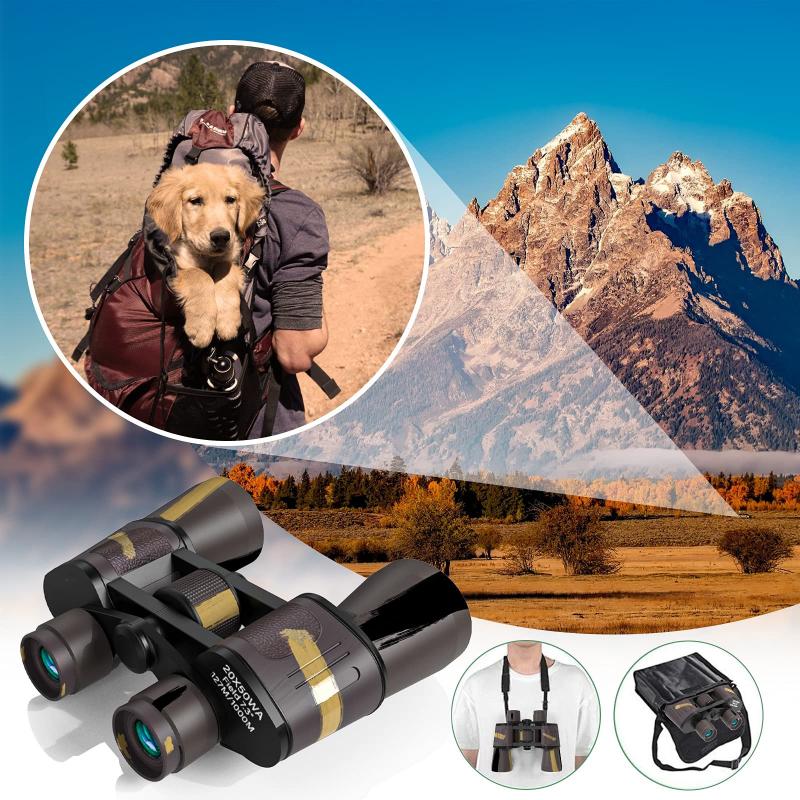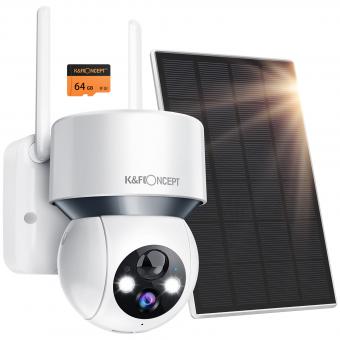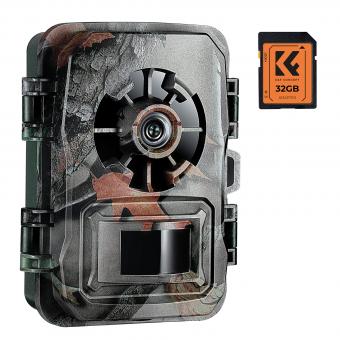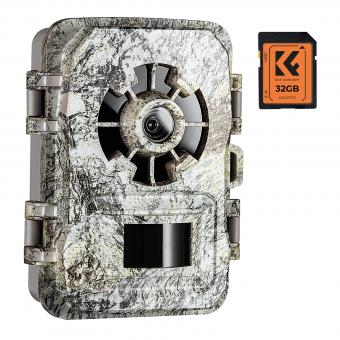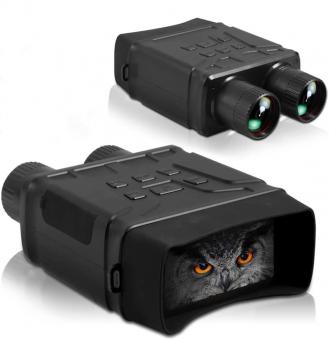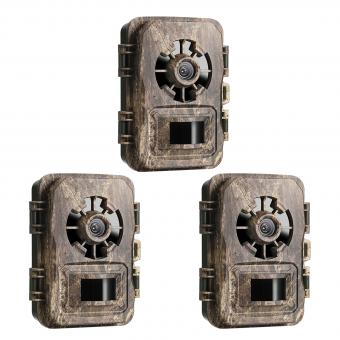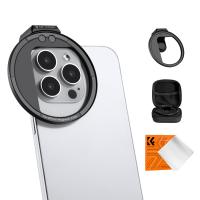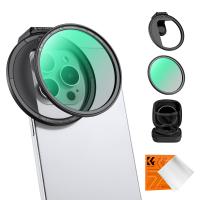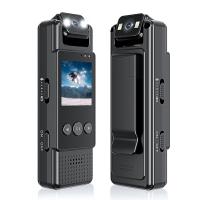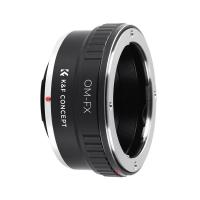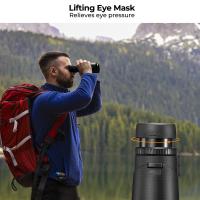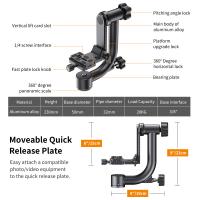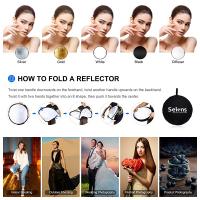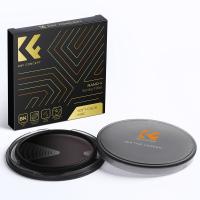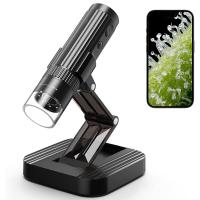Why Are Night Vision Goggles Green ?
Night vision goggles are often green because the human eye is more sensitive to shades of green than to other colors. Green light is also less likely to cause eye strain or fatigue during prolonged use. Additionally, many night vision devices use a technology called image intensification, which amplifies the available light to create a visible image. This technology works best with green light because it has a longer wavelength and is more easily detected by the device's sensors. As a result, the image produced by night vision goggles appears green to the user.
1、 Physiology of human vision and color perception
Night vision goggles are green because of the physiology of human vision and color perception. The human eye contains two types of photoreceptor cells called rods and cones. Rods are responsible for vision in low light conditions, while cones are responsible for color vision in bright light.
Rods are more sensitive to light than cones and are concentrated in the peripheral areas of the retina. They are most sensitive to wavelengths around 498 nanometers, which corresponds to the color green. This means that our eyes are naturally more sensitive to green light in low light conditions.
Night vision goggles work by amplifying the available light and enhancing the contrast to improve visibility in the dark. The green color used in night vision goggles is chosen because it is the most easily detected by the human eye. The green light emitted by the goggles stimulates the rods in our eyes, allowing us to see more clearly in low light conditions.
Additionally, the green color is also preferred because it provides a good balance between contrast and image brightness. Other colors, such as red or blue, may not provide the same level of contrast or may be too bright, causing discomfort or glare.
It is important to note that the choice of green for night vision goggles is not solely based on human physiology. It is also influenced by practical considerations, such as the availability of green phosphors for image intensifier tubes and the compatibility with other night vision equipment.
In recent years, there have been advancements in night vision technology, including the use of digital sensors and different color palettes. Some newer night vision devices offer the option to switch to different colors, such as white or black, depending on the user's preference and the specific environment. However, green remains the most commonly used color due to its effectiveness and compatibility with human vision.
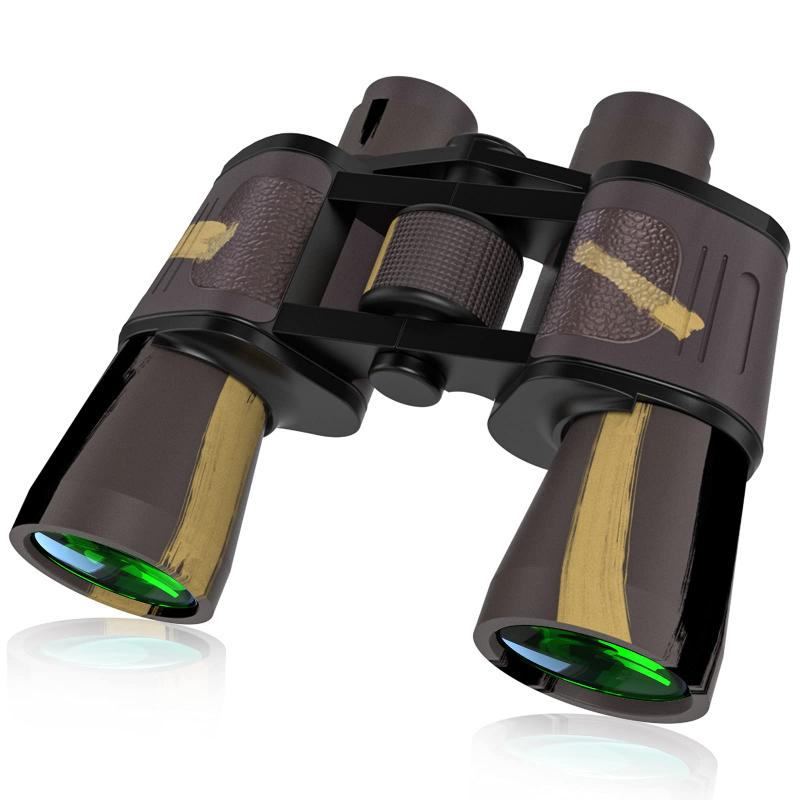
2、 Sensitivity of human eyes to different light wavelengths
Night vision goggles are green because of the sensitivity of human eyes to different light wavelengths. The human eye is most sensitive to green light, making it easier for us to perceive objects and details in this color. This sensitivity is due to the composition of the human eye's photoreceptor cells, specifically the cones and rods.
Cones are responsible for color vision and are most sensitive to green light, while rods are responsible for low-light vision and are more sensitive to blue-green light. By using green light in night vision goggles, manufacturers take advantage of the eye's natural sensitivity to this color, allowing users to see more clearly in low-light conditions.
Furthermore, green light is also less likely to cause eye strain and fatigue compared to other colors. This is because the eye's lens focuses green light more easily, resulting in less effort for the eye to perceive images. As a result, using green light in night vision goggles helps to reduce eye strain during prolonged use.
It is worth noting that the choice of green for night vision goggles is not solely based on the sensitivity of the human eye. Other factors, such as the availability of green phosphors for image intensifier tubes and the compatibility with other military equipment, have also influenced this decision.
In recent years, there have been advancements in night vision technology, including the use of different colors such as white phosphor and black and white imaging. These technologies aim to provide improved contrast and clarity in low-light conditions. However, green remains the most widely used color due to its compatibility with existing systems and the human eye's natural sensitivity to it.
In conclusion, night vision goggles are green because the human eye is most sensitive to this color. The use of green light enhances visibility in low-light conditions and reduces eye strain. While advancements in night vision technology continue to evolve, green remains the predominant color choice for night vision goggles.
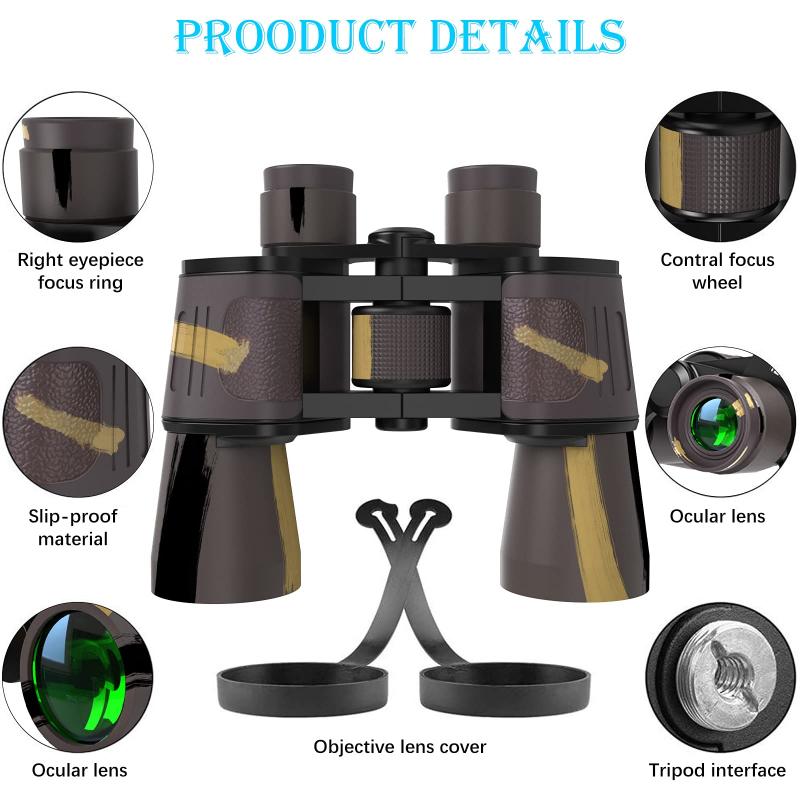
3、 Green phosphor technology in night vision goggles
Night vision goggles are green because of the use of green phosphor technology. This technology has been employed in night vision devices for several decades and has proven to be highly effective in enhancing visibility in low-light conditions.
The human eye is most sensitive to green light, making it the ideal color for night vision goggles. Green phosphor technology works by converting incoming light into electrons, which are then amplified and converted back into visible light. The green color is chosen because it provides the highest contrast and resolution, allowing users to distinguish objects and details more easily.
Furthermore, green light is less likely to cause eye strain or fatigue compared to other colors. This is because the human eye has a higher sensitivity to green light, resulting in a more comfortable viewing experience over extended periods.
In addition to the physiological reasons, there are practical considerations for the use of green phosphor technology. Green light is less likely to interfere with natural night vision, as our eyes are already adapted to low-light conditions. It also provides better compatibility with other optical devices, such as binoculars or scopes, which often use green phosphor technology as well.
It is worth noting that there have been advancements in night vision technology in recent years. Some newer models of night vision goggles utilize different color options, such as white phosphor or black and white imaging. These alternatives aim to provide improved contrast and image clarity in specific environments or for certain applications. However, green phosphor technology remains the most widely used and recognized choice for night vision goggles due to its proven effectiveness and compatibility with human vision.
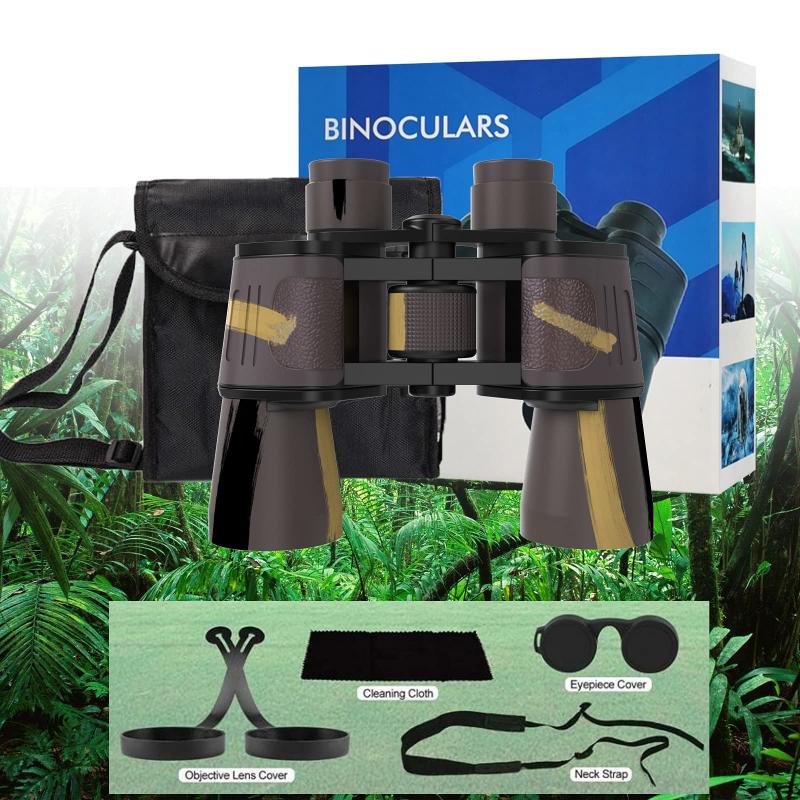
4、 Contrast and visibility considerations in low-light conditions
Night vision goggles are green because of contrast and visibility considerations in low-light conditions. The color green is chosen because it provides the best balance between contrast and visibility in the dark.
In low-light conditions, the human eye is less sensitive to colors like red and blue, but it is more sensitive to shades of green. This is due to the distribution of rod cells in the retina, which are responsible for low-light vision. The green color of night vision goggles takes advantage of this sensitivity to enhance visibility.
Green light also offers better contrast against the dark background. It helps to distinguish objects and shapes more clearly, making it easier for the wearer to navigate and identify potential threats or targets. The green color also reduces eye strain and fatigue, allowing for extended use of the goggles without causing discomfort.
Moreover, green light does not interfere with the user's natural night vision as much as other colors would. For example, red light can cause the pupils to constrict, reducing the amount of light entering the eye and hindering night vision. Green light, on the other hand, has a minimal impact on the eye's natural adaptation to darkness.
It is worth noting that recent advancements in night vision technology have introduced alternative color options, such as white phosphor or black and white displays. These options aim to provide improved contrast and clarity in different low-light environments. However, the traditional green color remains widely used due to its proven effectiveness and the familiarity of users with this color scheme.
In conclusion, night vision goggles are green because the color offers the best contrast and visibility in low-light conditions. The sensitivity of the human eye to green light, along with its ability to enhance contrast and reduce eye strain, makes it the optimal choice for night vision applications.
